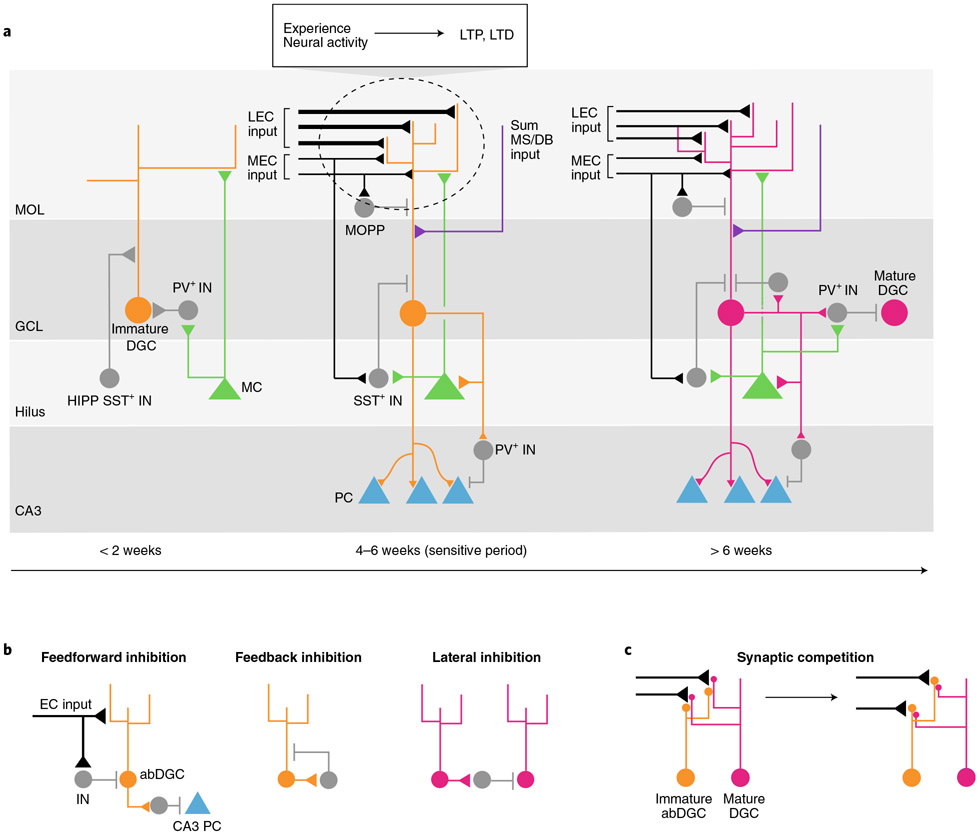Fig. 1 ∣. Development, experience and maturation of adult-born DGCs.
a, Left: during the first 2 weeks after their birth, immature abDGCs (orange circle) are low-spiking and are innervated by depolarizing GABA synapses (GABA+) from INs (gray circle), which subsequently promotes glutamatergic synapse formation from hilar mossy cells (MC). Mossy cells both directly innervate DGCs and provide disynaptic depolarization through synapses onto GABA+ interneurons. Middle: during the sensitive period 4–6 weeks after their birth, experience modifies inputs onto abDGCs. abDGCs receive inputs from medial EC (MEC) and, more strongly, from LEC. MEC and LEC synapses onto abDGCs are established via synaptic competition (see c), and their strength can be efficiently altered (LTP or long-term depression (LTD)) as a result of network activity and the animal’s experience (for example, enriched environment; see top inset). Additional excitatory input onto abDGCs comes from medial septum and diagonal band of Broca cholinergic neurons (MS/DB). Inhibitory microcircuits are also established during this period. This includes inhibitory GABAergic (GABA−) input from dendritically targeting SST+ INs in the hilus (HIPP), somatic-targeting PV+ INs in the granule cell layer (GCL; not shown and MOPP INs in the molecular layer (MOL). Interneurons receive input from MEC, LEC and mossy cells and thereby provide feedforward inhibition onto abDGCs. The abDGCs begin to establish glutamatergic (mossy fiber) synapses onto CA3 pyramidal cells (PC, blue) and progressively recruit PV+ INs to exert feedforward inhibition onto CA3. Right: after 6 weeks, additional inhibitory GABA+ synapses form, and the now-mature DGCs (pink circles) become highly input-specific. Mature DGCs provide lateral inhibition onto other DGCs via PV+ INs and may self-attenuate spiking via recruitment of feedback inhibition. b, Inhibitory microcircuit motifs. Feedforward inhibition: in EC–DG feedforward inhibition, interneurons are recruited by MEC and LEC inputs and mossy cell collaterals (not shown) to inhibit abDGCs. In DG–CA3 feedforward inhibition, abDGCs recruit PV+ INs to inhibit CA3 neurons. Feedback inhibition: DGCs undergo auto-inhibition via recruitment of interneurons by DGCs. Lateral inhibition: mDGCs recruit interneurons to inhibit neighboring DGCs. c, Synaptic competition: immature abDGCs (orange) compete with mDGCs (red) for PP inputs from LEC and MEC. Immature DGCs initially form multisynaptic boutons with pre-existing PP–DGC synapses (left) before forming monosynaptic connections with those PP terminals (right).

